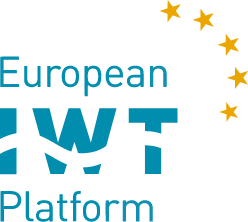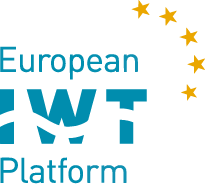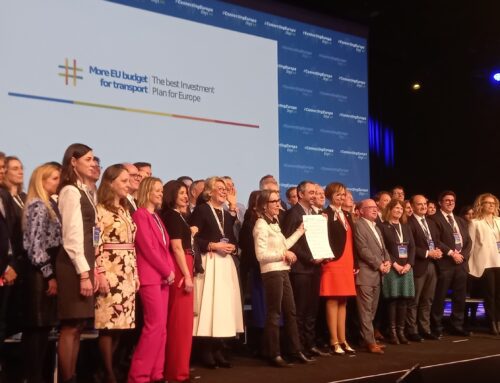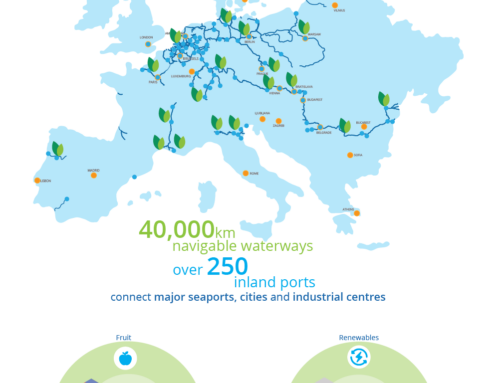ES-TRIN 2021
Like many other sectors, inland navigation is facing a major transition, especially in the area of sustainability. The regulations must facilitate the necessary innovation. In order to take technological developments into account, the European Standard laying down Technical Requirements for Inland Navigation vessels – ES-TRIN, is being revised on a regular basis. A new version of ES-TRIN will enter into force as of 1 January 2022.
European Standard – background information
Since 2015, the CESNI Committee has regularly updated and published the European Standard laying down Technical Requirements for Inland Navigation vessels (ES-TRIN). This standard lays down the uniform technical requirements necessary to ensure the safety of inland navigation vessels. It is available in four languages (German, English, French, Dutch) and brings together in a standardised way the requirements previously contained in Directive 2006/87/EC and in the Rhine vessel inspection regulations. It contains provisions on inland navigation vessel construction and equipment, special provisions for certain categories of vessels such as passenger and container vessels, provisions on the model of inland navigation vessel certificate as well as instructions on how to apply the technical standard.

ES-TRIN 2021
In October 2020, CESNI adopted the European Standard laying down Technical Requirements for Inland Navigation vessels (ES-TRIN), edition 2021/1. This new version replaces the 2019 edition and will be in force from January 1, 2022. The Standard became necessary to introduce important amendments concerning in particular requirements related to:
- Safety clearance, freeboard and draught scales
- Reduction in the two noise level thresholds for a vessel both under way and stationary
- Lithium-ion accumulators
- Portable fire extinguishers
- Provision and use of individual acoustic protection equipment
- Doors in accommodation
- Separate engine room or electrical service room in passenger vessels
- Recreational craft equipment
- Bunkering of Liquefied natural gas (LNG)
- Clarifications regarding the validity of the Union certificate on the Rhine
- Recognition of special anchor with reduced mass
- Update of references to RIS Standards
- Editorial corrections, update of references to European and International Standards and deletion of transitional provisions that have expired
Explanation of Changes
The CESNI Secretariat prepared a draft explanatory notice with a view to documenting the requirements behind these amendments to the ES-TRIN and the consequences associated with the amendments introduced by ES-TRIN 2021. This notice is for documentary purposes only. Here you can find this explanation in four languages:
- Toelichting bij de wijzigingen in ES-TRIN 2021 – document CESNI/PT (21) 26
- Explanatory notice of the amendments in ES-TRIN 2021 – document CESNI/PT (21) 26
- Erläuterungen zu den Änderungen des ES-TRIN 2021 – Dokument CESNI/PT (21) 26
- Notice explicative des amendements de l’ES-TRIN 2021- document CESNI/PT (21) 26
Lijdia Pater – de Groot
Nautical and Technical Committee






